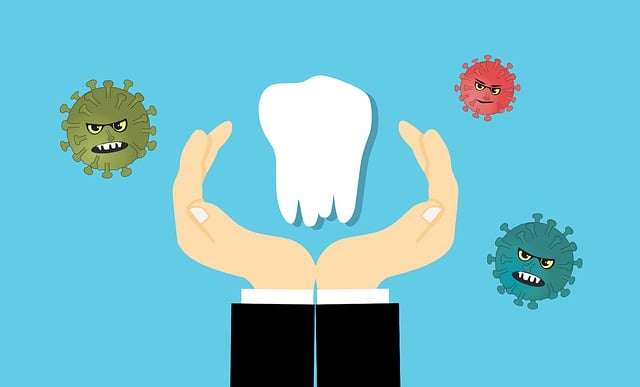X-rays and CT scans are essential tools in Sheffield for diagnosing and managing gum disease, offering detailed insights into oral structures to identify inflammation, bone loss, and infections. These advanced imaging techniques allow dentists to recommend personalized treatment plans, ranging from deep cleaning to surgical interventions, ensuring patients receive the best gum disease treatment options Sheffield has available.
“Uncovering the secrets of your oral health: X-rays and CT scans play a pivotal role in diagnosing gum disease, a silent yet serious condition. This article delves into the world of dental imaging, exploring how X-rays and CT scans reveal hidden issues beneath the surface. We’ll guide you through understanding these techniques, their benefits, and how they influence tailored gum disease treatment options in Sheffield. Discover the power of early detection and learn about advanced care available locally.”
- Understanding X-rays and CT Scans: The Role in Gum Disease Diagnosis
- How These Imaging Techniques Help Identify Hidden Issues
- Exploring Treatment Options for Gum Disease in Sheffield Based on Diagnostic Results
Understanding X-rays and CT Scans: The Role in Gum Disease Diagnosis
X-rays and CT scans are powerful diagnostic tools that play a crucial role in identifying gum disease, one of the common oral health issues. These advanced imaging techniques provide detailed insights into the complex structures within the mouth, enabling dental professionals to make accurate diagnoses. When it comes to gum disease treatment options Sheffield, understanding these procedures is essential.
During an X-ray examination, your dentist can capture clear images of the teeth and gums, revealing areas of inflammation or bone loss caused by periodontitis—a severe form of gum disease. CT scans offer even more comprehensive 3D views, allowing dentists to assess the overall health of the periodontal tissues and identify specific problems that may require targeted interventions. With these tools, dental care providers can recommend appropriate treatment plans, including deep cleaning procedures or, in advanced cases, surgical interventions, ensuring patients receive the best possible gum disease treatment options Sheffield has to offer.
How These Imaging Techniques Help Identify Hidden Issues
Advanced imaging techniques like X-rays and CT scans play a pivotal role in identifying hidden issues within the mouth, particularly when it comes to diagnosing gum disease. These tools provide detailed visual representations of dental structures, enabling dentists in Sheffield to spot early signs of inflammation, bone loss, or infections that may not be apparent through manual examination alone.
By capturing high-resolution images, X-rays and CT scans allow for precise measurements and assessments of gum health. This is particularly crucial when considering various gum disease treatment options Sheffield residents might require. The ability to visualize the extent of damage or the success of a treatment plan offers patients and dentists alike valuable insights, fostering more effective and tailored care for managing and preventing gum-related problems.
Exploring Treatment Options for Gum Disease in Sheffield Based on Diagnostic Results
In Sheffield, exploring effective gum disease treatment options is made easier with advanced diagnostic tools like X-rays and CT scans. These technologies provide detailed images of the gums and jawbone, enabling dental professionals to identify the severity and cause of gum disease accurately. Based on these diagnostic results, various treatment plans can be tailored to meet individual needs.
For instance, early-stage gum disease might be managed through improved oral hygiene practices and deep cleaning procedures. More advanced cases may require surgical interventions such as gingival grafting or bone grafting to regenerate lost gum tissue and bone. Understanding the specific challenges posed by gum disease allows dental experts in Sheffield to offer the most suitable treatment options, ensuring optimal oral health outcomes for patients.
In conclusion, X-rays and CT scans play a pivotal role in diagnosing gum disease by revealing hidden issues that may not be apparent during a visual examination. These imaging techniques offer invaluable insights into the extent of gum disease, enabling dental professionals to tailor effective treatment options for patients in Sheffield. By exploring the best course of action based on these diagnostic results, individuals can access appropriate care and improve their oral health outcomes.
